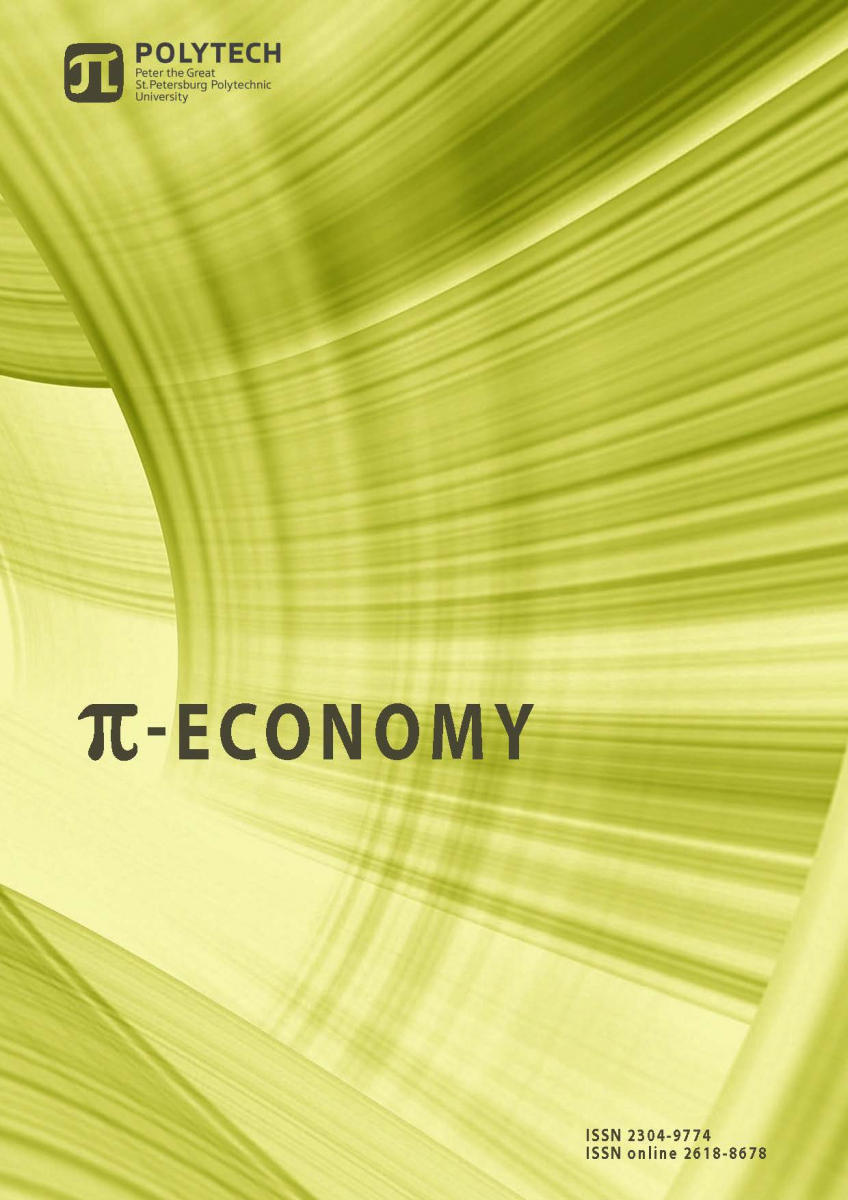Transition to the sustainable supply chains: (on the example of PJSC Uralkali)
In the context of economic globalization and the growing number of sanctions, certain issues of managing key business processes, export operations and logistics in general become especially relevant for domestic enterprises. At the same time, for different levels of management, subtasks and methods for solving these tasks are different. Logistics as a tool for increasing the competitiveness of enterprises deserves special attention from the point of view of not only increasing the efficiency of business processes and reducing costs, but also reducing the anthropogenic impact on the environment. Digitalization of logistics activity provides additional economic and environmental opportunities for modern enterprises: optimization of vehicle downtime during loading and unloading operations, reduction of CO2 emissions from irrationally formed routes, release of personnel from routine tasks in favor of strategic planning and control. The mentioned tendencies highlight the issue of transition to sustainable supply chains through the prism of digital transformation and information integration. Within the framework of the latter concept, data is perceived not only as a means of solving current business problems, but also as an end in itself: strategic global partnership of players in the international market today is based on cooperation principles, mutual coordination and protection of the environment. Each of these enterprise implements through modern methods of interaction with personnel and resource management, the introduction of advanced technologies in business practice, the use of modern equipment, and the design of sustainable supply chains. The article proposes a systematization of the tasks of managing the supply and sale of products of the industrial enterprise PJSC Uralkali that produces potash fertilizers according to various management levels. Recommendations have been developed for the application of logistics theory models to solve these problems, taking into account the achievement of sustainable development goals. The study presents an analysis of statistical data on the production and consumption of the company's products in the regions of Russia and abroad during the period from 2019 to 2023. This article will be useful for practicing specialists interested in the current state of the chemical industry in Russia and abroad, and the potash fertilizer market, in particular.


